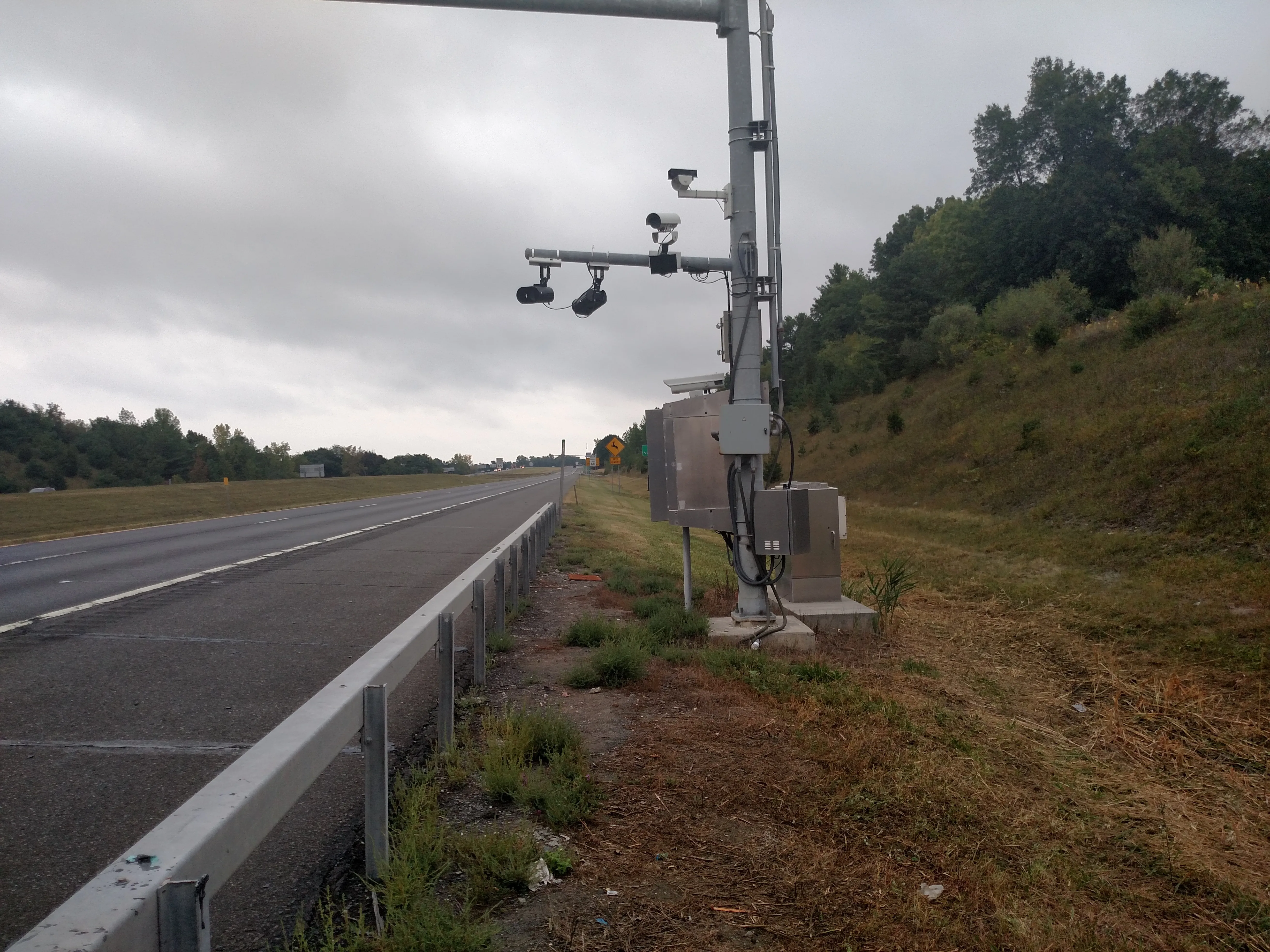
New York State Department of Transportation (NYSDoT) has awarded International Road Dynamics (IRD) a Can$13m contract.
The five-year maintenance and upgrade deal sees IRD installing, managing and maintaining the NYSDoT permanent traffic data collection sites in Metro New York City and Long Island, ensuring 95% uptime - or better.
This data collection will be used to monitor traffic flow on the state's highway system, assess infrastructure performance and plan future design requirements.
The information is also important for route planning safety programmes, including the designation of evacuation routes.
“IRD has more than 25,000 traffic data collection systems deployed worldwide," said Rish Malhotra, IRD’s president and CEO.
"This is a growing area of interest for our customers as the potential to use data analytics for enhanced insights and decision-making is greater today than ever before."
The types of collection sites incorporated within the contract include continuous count, automatic vehicle classification, Weigh in Motion and permanent short count.
IRD has been providing traffic data services to the State of New York for more than 20 years.








